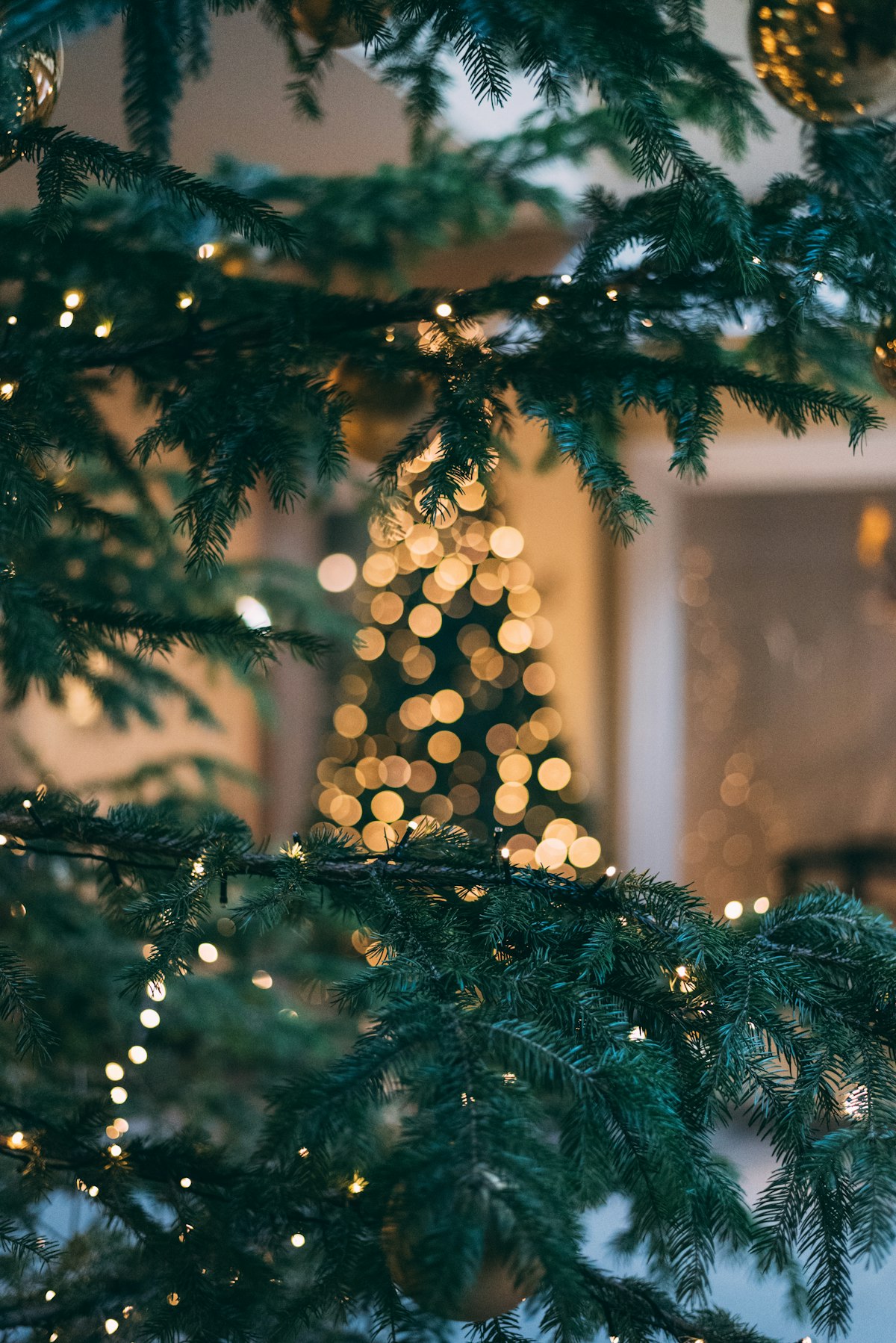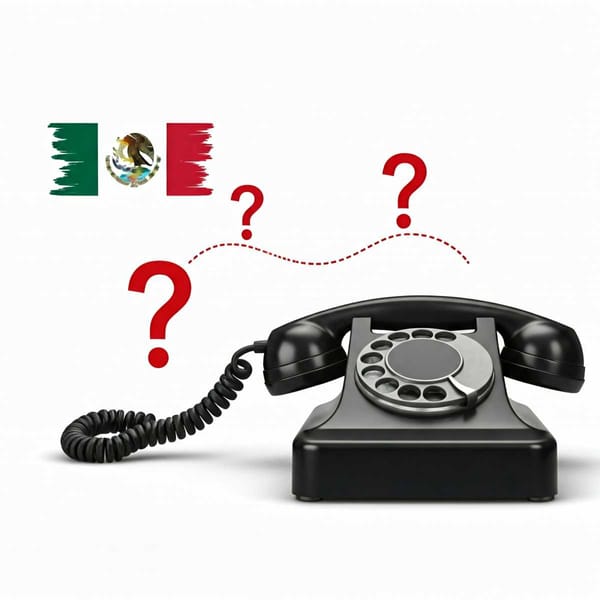Christmas trees: naturally Mexican
The Christmas tree produced in Mexico provides us with environmental services from its growth to its final transformation. Get to know more.

It is often thought that to obtain a natural Christmas tree, forests are deforested, however, this is a myth. Natural Christmas trees come mostly from areas where agricultural activities were practiced, but the characteristics of the land caused them to be unproductive.
Generally, these are lands with steep slopes that cause soil erosion; surfaces that suffer from winter frosts or are too shaded to allow the correct growth of agricultural plantations or induced pastures. The Christmas tree plantations restore the forestry vocation to these areas that now have trees all year round because, after the harvest, they are reforested to have more specimens that take between three and eight years to reach commercial size.
During this time, these trees provide us with environmental services. When a plantation is started, native species adapted to the climate and orography of the area are chosen, so the plantations function as an extension of the natural habitat of many animal and plant species. They provide perching, nesting, and feeding sites for birds, mammals, reptiles, and amphibians, in addition to creating microclimates suitable for the growth and reproduction of grasses and shrubs.
Commercial Christmas tree plantations also conserve and enrich soils by retaining soil through their roots, adding organic matter through leaf litter, and decreasing wind speed and rainfall. By absorbing carbon dioxide, they slow the advance of climate change. By evaporating, the water from their leaves cools the climate locally and helps to infiltrate water into the subsoil.
Some nurseries have implemented the sale of potted trees, so the buyer has the option of returning the tree to be part of reforestation. At the end of their useful season, the trees that were cut down also provide environmental services, as they are shredded and used as compost to produce fertile soil and generate nutrients for new plantations.
Natural vs. Artificial
Natural trees have a better appearance in addition to producing a pleasant aroma that accentuates the season's festivities and connects us to nature. An artificial tree appears to be more practical because of its light weight and ability to be stored in small spaces; however, instead of helping to mitigate climate change, they accelerate it, as they are produced with petroleum-based plastics in industries that emit large amounts of greenhouse gases. Few artificial trees are manufactured in Mexico, the vast majority are imported and their transportation is usually harmful to the environment, and because they come from abroad, they do not support the local economy.
National or foreign?
A good part of the natural trees are imported but they bring with them an enormous risk of disease contagion or the spread of pests that could cause a major forest health problem at a local, regional, or even national level. Christmas tree plantations are a booming business in the country, if you are going to buy one, make sure it comes from national producers. By acquiring them you give a touch of nature to the Christmas season, you collaborate with the welfare and economic development of communities in national forest areas and reduce your environmental impact.




